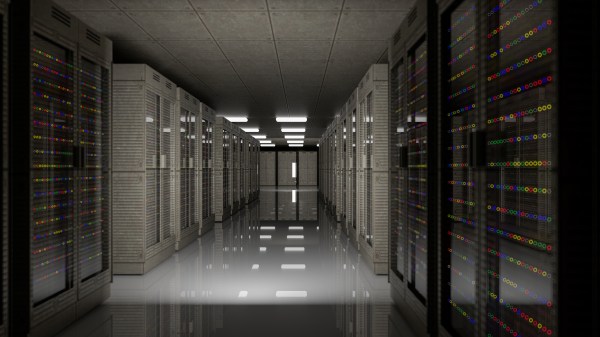Data centers play a vital role in many aspects of modern business operations. This means that any disruption to data centers is typically felt throughout the entire business. For this reason, it’s vital to make data centers as resilient as possible. Effective data center resilience testing plays a key role in this. Here is a quick guide to what you need to know.
Understanding data centers
Currently, there are two main types of data centers. These are centralized data centers and edge data centers. Centralized data centers are large-scale facilities. Their size means they are typically located outside of urban areas. Edge data centers are small-scale facilities. They are small enough to be located in urban areas.
Increasing numbers of businesses now deploy both kinds of data centers. Edge data centers are used for simple processing tasks, especially those that benefit from speed. Centralized data centers are used for more complex tasks and when greater levels of resources are required (e.g. to store high volumes of data).
Understanding data center resilience
Resilience is essentially the ability to keep going in all circumstances. In a business context, designing for resilience means identifying hazards that could disrupt operations and taking steps to mitigate them.
At a high level, implementing data center resilience typically involves ensuring high levels of redundancy for all critical resources (including human resources). This redundancy may be enough to neutralize the effect of the hazard completely. Even if it isn’t, it may still be enough to buy data center managers time to implement other solutions.
For example, data centers with a high level of resilience can generally degrade gracefully if required. This means that operations can be switched to a backup data center with minimal disruption to operations.
Types of data center resilience testing
Data center resilience testing can be divided into three main categories.
Performance Testing
Performance testing evaluates how well the data center infrastructure can handle different levels of demand and workload. By simulating typical usage scenarios and stress testing with peak loads, organizations can identify performance bottlenecks and optimize resource allocation.
Disaster recovery testing
Disaster recovery testing involves simulating various disaster scenarios to assess the data center’s readiness and response capabilities of the data center. By conducting disaster recovery tests, organizations can identify potential weaknesses or gaps in their disaster recovery plans and make necessary improvements.
Security testing
Security testing aims to identify potential vulnerabilities and weaknesses in the data center’s security infrastructure. By simulating cyberattacks and intrusion attempts, organizations can evaluate the resilience of their security defenses and identify areas for improvement.
Conducting data center resilience testing
Likewise, the process of conducting data center resilience testing can be divided into three phases.
Planning
In the planning phase of data center resilience testing, it’s crucial to establish clear objectives and define the scope of the testing process. Objectives may include assessing the performance under specific conditions, evaluating disaster recovery capabilities, or identifying security vulnerabilities.
Defining the testing scope involves determining which systems, components, and processes will be included in the testing. This may vary based on factors such as criticality, complexity, and potential impact on operations. By setting clear objectives and defining the scope, organizations can ensure that the testing process is focused, efficient, and aligned with their resilience goals.
Prioritizing critical systems and resources ensures that the testing process effectively evaluates the resilience of key components and identifies vulnerabilities that could impact overall data center operations.
Execution
During the execution phase of data center resilience testing, testing scenarios and procedures are implemented according to the predefined objectives and scope. Testing scenarios may involve simulating various stress conditions, such as high traffic loads, hardware failures, or security breaches, to assess the response and resilience of the data center infrastructure. Procedures for executing the testing scenarios should be carefully planned and documented to ensure consistency and repeatability.
Monitoring and collecting data during the testing process is essential for capturing relevant performance metrics, identifying anomalies, and evaluating the effectiveness of resilience measures. Monitoring tools and technologies are used to collect data on key parameters such as system performance, resource utilization, network traffic, and environmental conditions. This data provides insights into how the data center responds to different stress scenarios and helps identify areas for improvement.
Analysis
In the analysis phase of data center resilience testing, test results are evaluated to identify strengths, weaknesses, and areas for improvement. This involves comparing observed performance against predefined metrics and benchmarks, as well as analyzing trends and patterns in the collected data. Any deviations from expected behavior or performance thresholds are investigated to determine the underlying causes and implications for data center resilience.
Recommendations may outline specific actions or improvements needed to address identified issues and enhance data center resilience. Documenting findings and recommendations ensures that insights from resilience testing are effectively communicated to stakeholders and can be used to guide future resilience efforts and investments.







